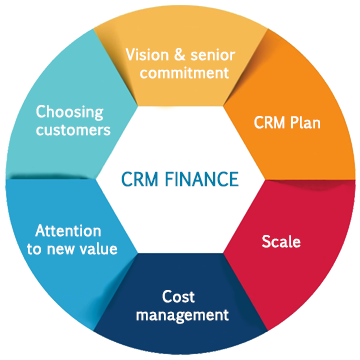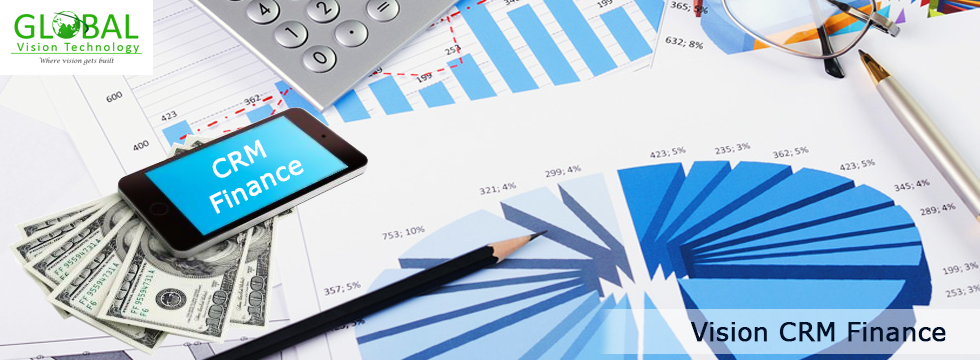
CRM Finance Features
1. Vision and senior commitment
A major UK bank’s quarterly financial statement comments on issues such as financial targets, cost-to-revenue ratios, acquisitions and share valuation.
Sign up to get FREE CRM Trial
E-commerce and the Internet receive scant comments. Employees receive the perfunctory last mention. And CRM (by whatever name, such as relationship banking) merits no coverage at all.
This omission is not uncommon, whether in annual reports or inside financial institutions. Within the company’s walls, there is not always a shared understanding of CRM strategy and the role of each employee.
The benefits of CRM Finance can be more readily achieved with a stated vision of CRM’s potential and a visible commitment to CRM by senior executives.
2. CRM Plan
Some financial institutions lack a CRM plan. In addition to a plan, a well-designed planning process can provide considerable benefit, too, if the plan is co-developed by representative customers and employees within strategic business units.
3. Scale rather than scope
Financial institutions want to be bigger by competing on scale in multiple lines of business. This can create shareholder value. Competing on scope by creating value for the customers who matter most and providing the products and services they want (not necessarily what the company makes), can create even more shareholder value.
4. Cost management
Costs are being taken out of financial institutions at a rapid rate, often including the people who must put CRM Finance into action (although not often those who lead CRM initiatives). As it is, people at the customer interface can barely cope with expectations in terms of the metrics, paperwork and process conformance for account and risk management. Taking out more staff without making other choices may limit the potential for CRM Finance.
5. Attention to new value
While the benefits of selling the products and services the company has historically provided are obviously important, opportunity lies in those areas that are uncontested. Most typically, this requires some innovation in products/services or the processes used to develop of manage them.
6. Choosing customers
Transactions from customers with money to invest or a desire to borrow are still coveted by most financial institutions. Customers are channelled according to the type of customer they are (small business, corporate, high net worth individual, etc.) By analyzing customer data and allocating costs, a European bank found that the top 20% of its customers made all the profit, while the remainder lost money.
The bank then invested nearly all new capital in improvements for profitable customers. Although it lost some customers, high-profit customers increased profitability by making more use of the bank. Giving all customers equal value penalizes the best and rewards the worst customers, exactly the opposite of what is wanted.
To find out more about CRM Finance, click here![]() to conduct a free call.
to conduct a free call.



